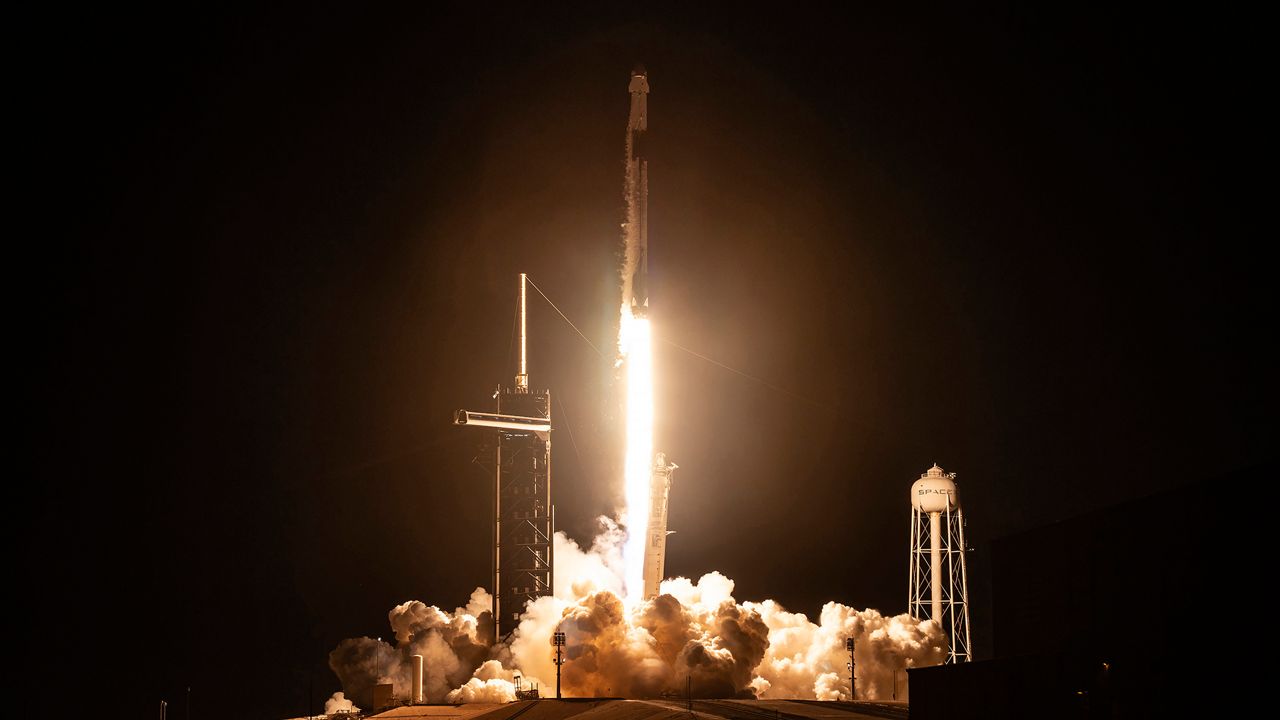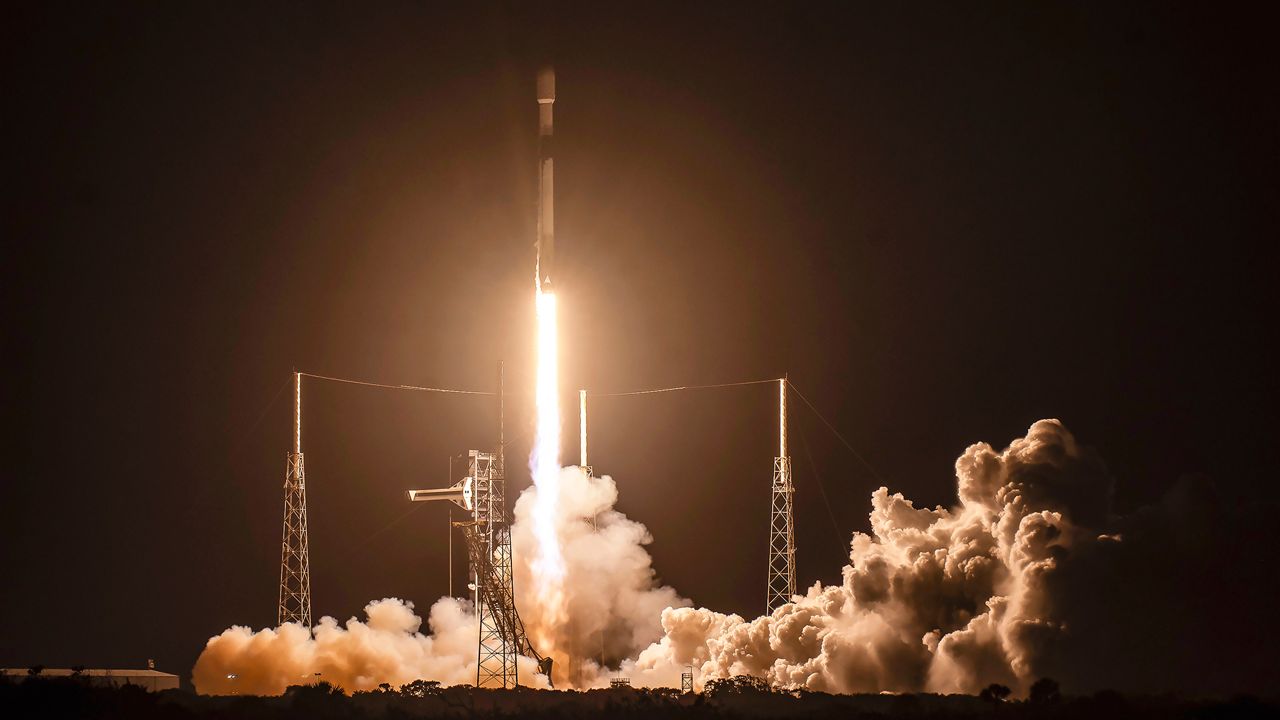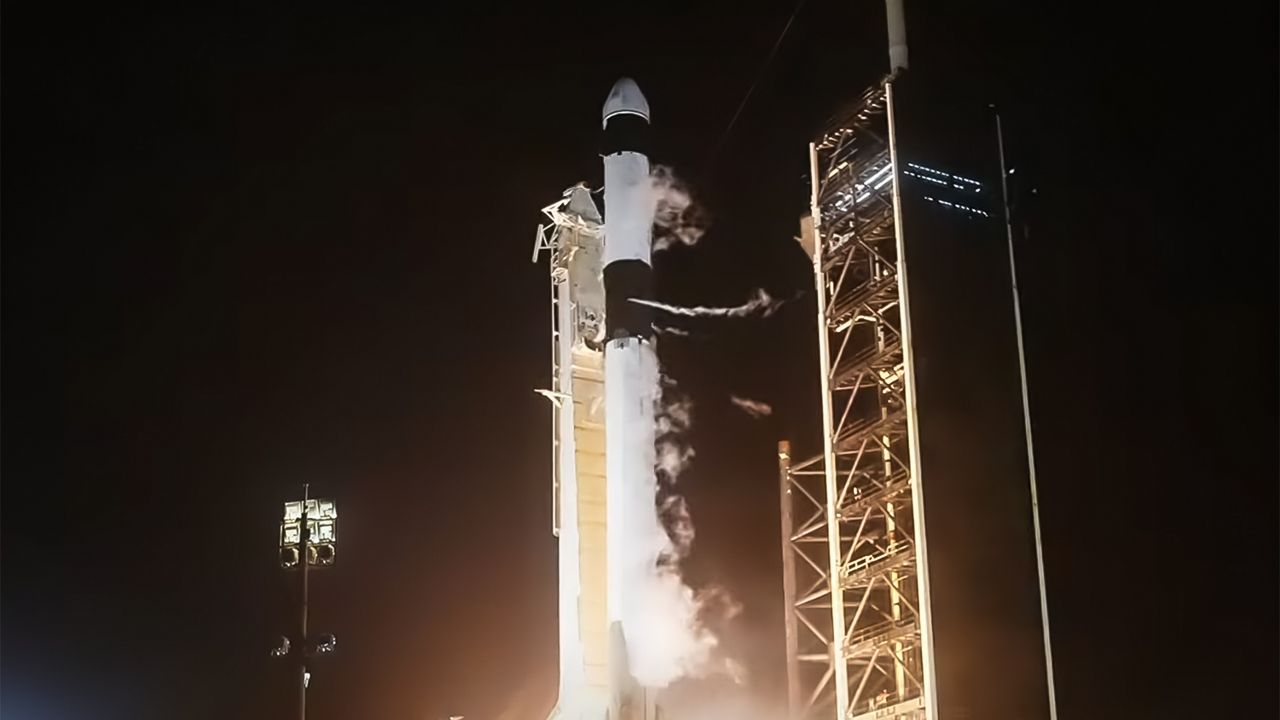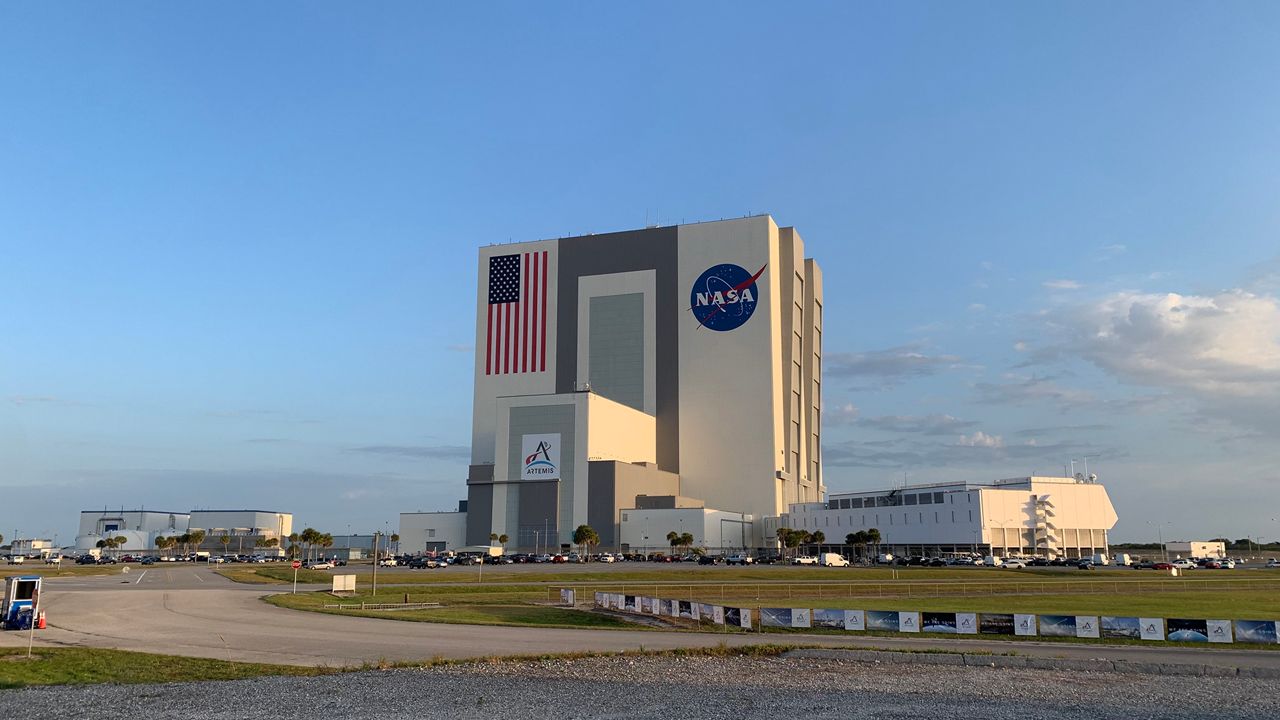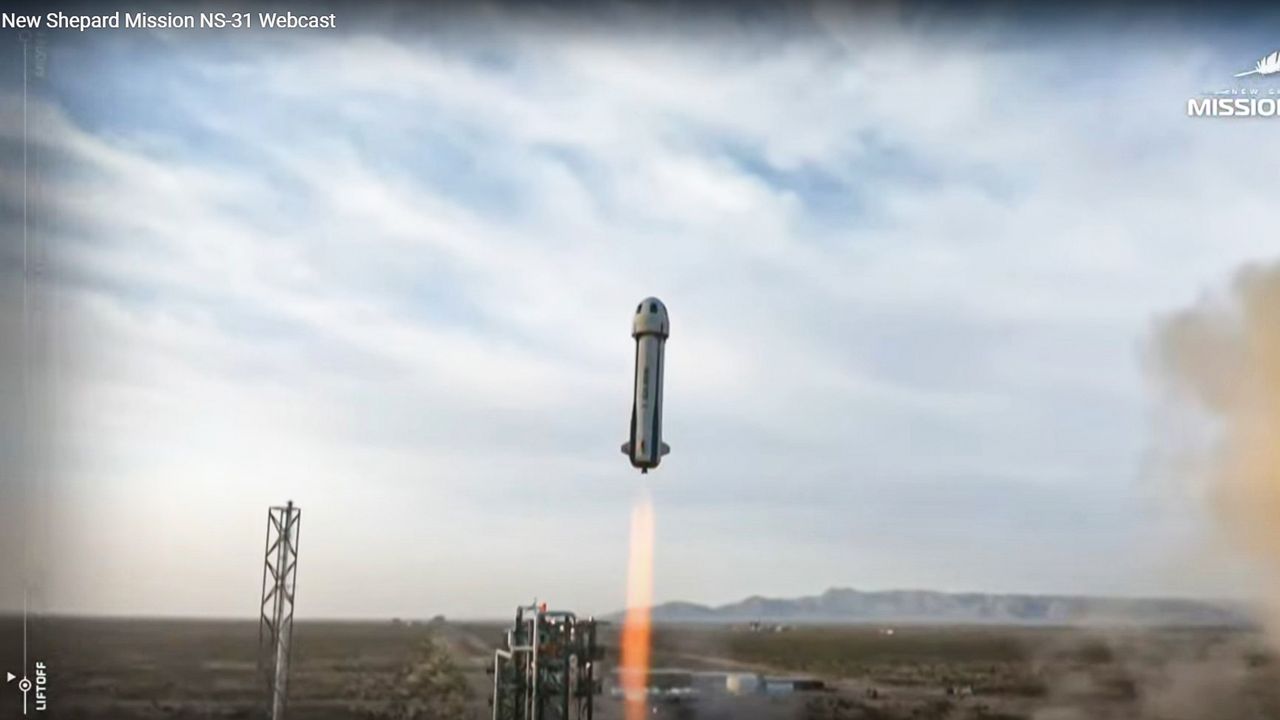KENNEDY SPACE CENTER — In its 29th time, SpaceX sends up various experiments and supplies to the International Space Station on Thursday night as part of the Commercial Resupply Services contract with NASA.
What You Need To Know
- The launch was at 8:28 p.m. ET, Thursday, and it took off from Launch Complex 39A
- The Falcon 9 sent up various experiments to the ISS
- The uncrewed Dragon spacecraft will dock with the ISS on Saturday morning
- Get more space coverage here ▶
- 🔻Scroll down to watch the launch🔻
Liftoff! pic.twitter.com/iQ8DH6XoU8
— SpaceX (@SpaceX) November 10, 2023
SpaceX’s Falcon 9 rocket left Launch Complex 39A at the Kennedy Space Center to send the Commercial Resupply Services (CRS-29) mission to the ISS, stated the company.
The instantaneous launch window opened at 8:28 p.m. ET, which is important. The launch timing must be right for the Dragon spacecraft to meet up with the ISS.
The 45Th Weather Squadron gave a 95% chance of good launch conditions, with the only thing to be worried about is the cumulus cloud rule. But later on Thursday, NASA stated the conditions were at a 100%.
The Dragon is expected to dock with the floating laboratory’s Harmony module at 5:20 a.m. ET, on Saturday, Nov. 11.
If the launch was delayed, the next attempt would have been Friday, Nov. 10, at 8:05 p.m. ET, SpaceX stated. That also means that the docking would have been pushed back as well.
Going up
This will be the Falcon 9 rocket’s first-stage booster B1081 second mission. Back in August of 2023, it launched the Crew-7 mission to the ISS.
And this will be the uncrewed Dragon spacecraft C211 second mission as well. It was used for the CRS-26 mission nearly one year ago.
Because this is an ISS launch, the Falcon 9 landed at Landing Zone 1 after the stage seperation. Sonic booms were heard for miles as the Falcon 9 booster came in for a landing.
Falcon 9’s first stage has landed at LZ-1 at Cape Canaveral Space Force Station pic.twitter.com/mZdAvImchu
— SpaceX (@SpaceX) November 10, 2023

Understanding the mission
NASA contracts these CRS missions under the Commercial Resupply Services program.
For the CRS-29 mission, the Dragon will carry food, supplies and several scientific experiments. Some of them include:
NASA’s ILLUMA-T: This refrigerator-sized communication device will provide astronauts and other experiments aboard the ISS with enhanced data capabilities.
With the ILLUMA-T being attached to Japan’s experiment module-exposed facility (JEM-EF) of the ISS, it will test high data rate laser communications by sending a signal to NASA’s Laser Communications Relay Demonstration (LCRD), which is in a geosynchronous orbit above the Earth.
When the experiment happens, ILLUMA-T will send data to the LCRD at more than 1.244 gigabits per second. Then the data will be beamed down from LCRD to optical grown stations in Haleakala, Hawaii and Table Mountain, Calif., NASA explained.
If all goes well, in the future, ILLUMA-Ts will be placed on spacecrafts that are orbiting the moon or Mars.
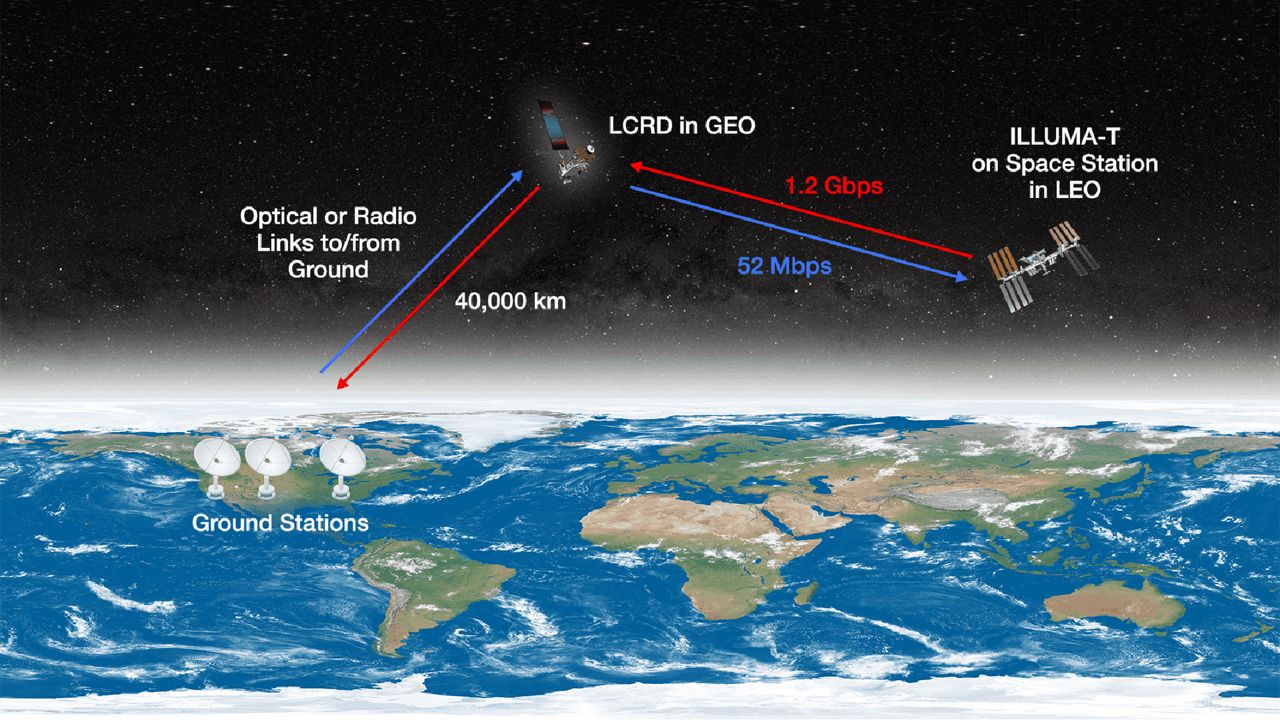
Atmospheric Waves Experiment (AWE): Basically, this will be a space weather satellite. Built by Utah State University’s Space Dynamics Laboratory, this device will be attached to the outside of the ISS and pointed towards Earth.
“From its space station perch, AWE will focus on colorful bands of light in Earth’s atmosphere, called airglow, to determine what combination of forces drive space weather in the upper atmosphere,” NASA stated.
For example, solar wind and space weather impacts space and ground communications, navigation and tracking systems.
AWE will also be used to measure atmospheric gravity waves, which roll through Earth’s atmosphere when air is disturbed.





